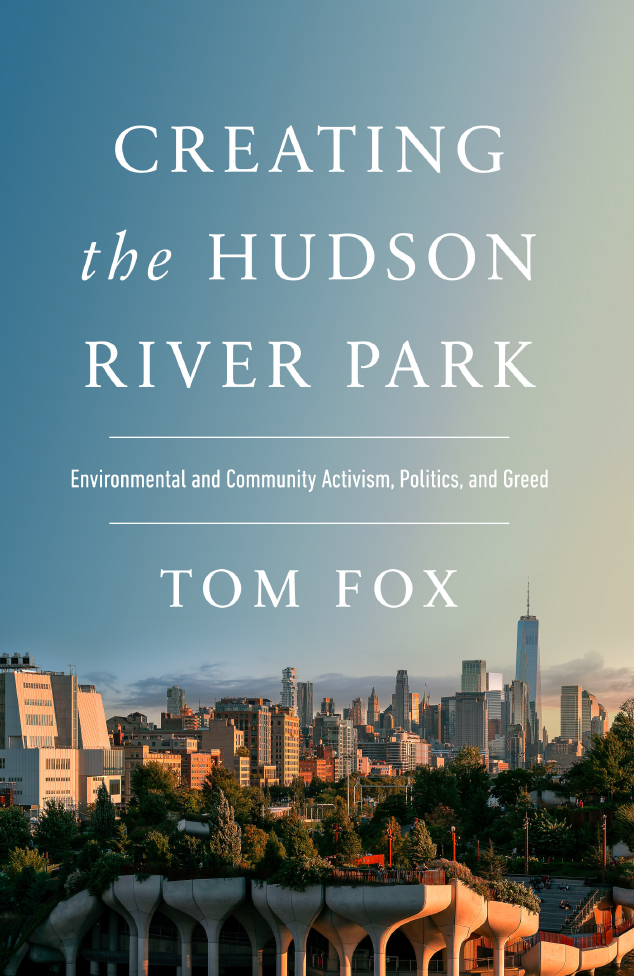BOOK RELEASED | APRIL 2024
Creating the Hudson River Park:
Environmental and Community Activism, Politics, and Greed
“Bringing community members together and enabling them to improve their neighborhoods and play a greater role in public policy and planning has been very gratifying.”
“A valuable recounting of a public-private partnership and how to make things work (and why they don’t).”
—Sam Roberts, The New York Times.
ABOUT:
Creating the Hudson River Park:
Environmental and Community Activism, Politics, and Greed
After the defeat of the $2.4 billion Westway plan to fill 234 acres of the Hudson in 1985, the stage was set for the revitalization of Manhattan’s West Side waterfront. Between 1986 and 1998 the process focused on the basics like designing an appropriate roadway, removing noncompliant municipal and commercial activities from the waterfront, implementing temporary improvements, developing the Park’s first revenue-producing commercial area at Chelsea Piers, completing the public planning and environmental review processes, and negotiating the 1998 Hudson River Park Act that officially created the Park. From 1999 to 2009 planning and construction were funded with public money and focused on creating active and passive recreation opportunities on the Tribeca, Greenwich Village, Chelsea, and Hell’s Kitchen waterfronts.
